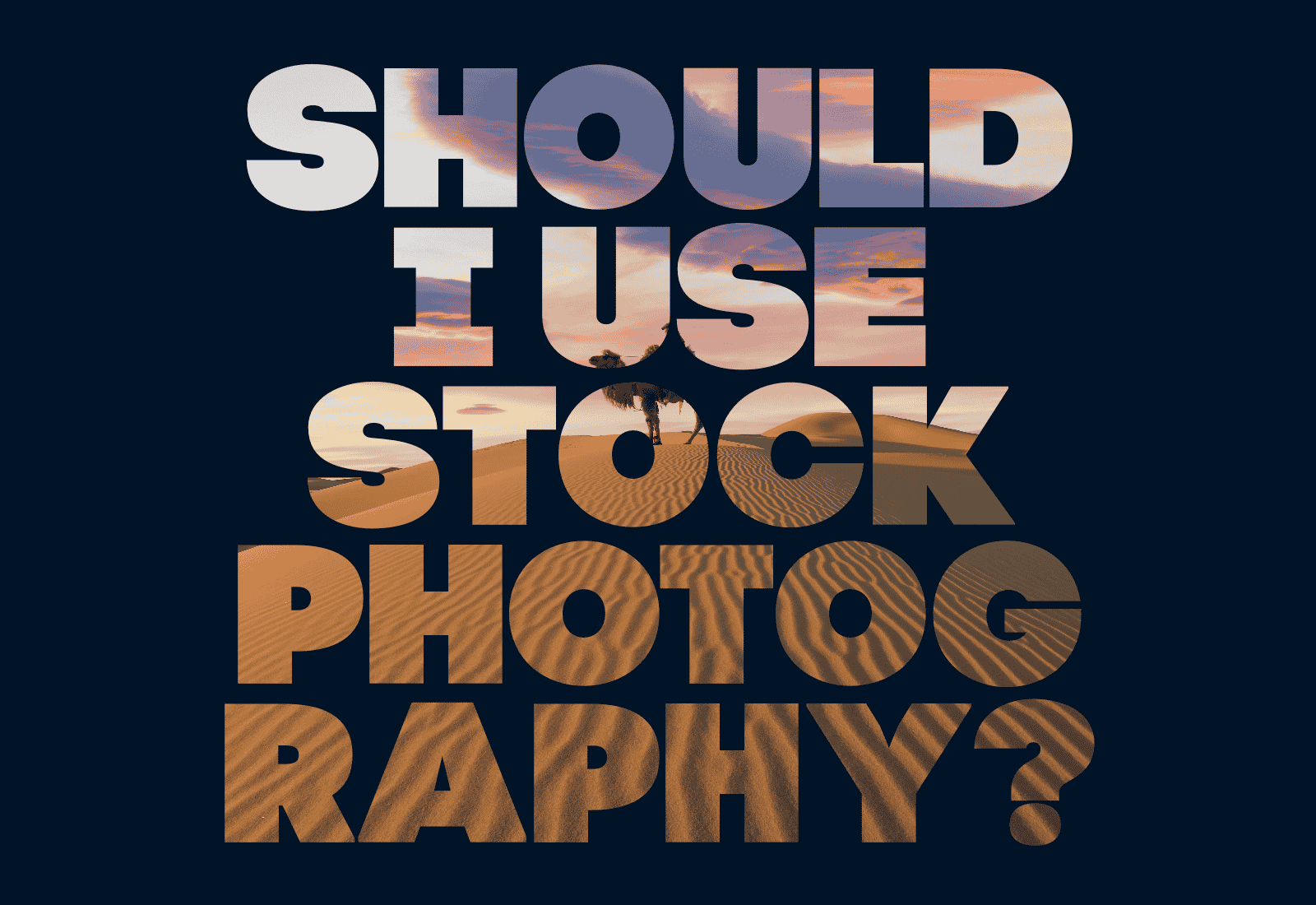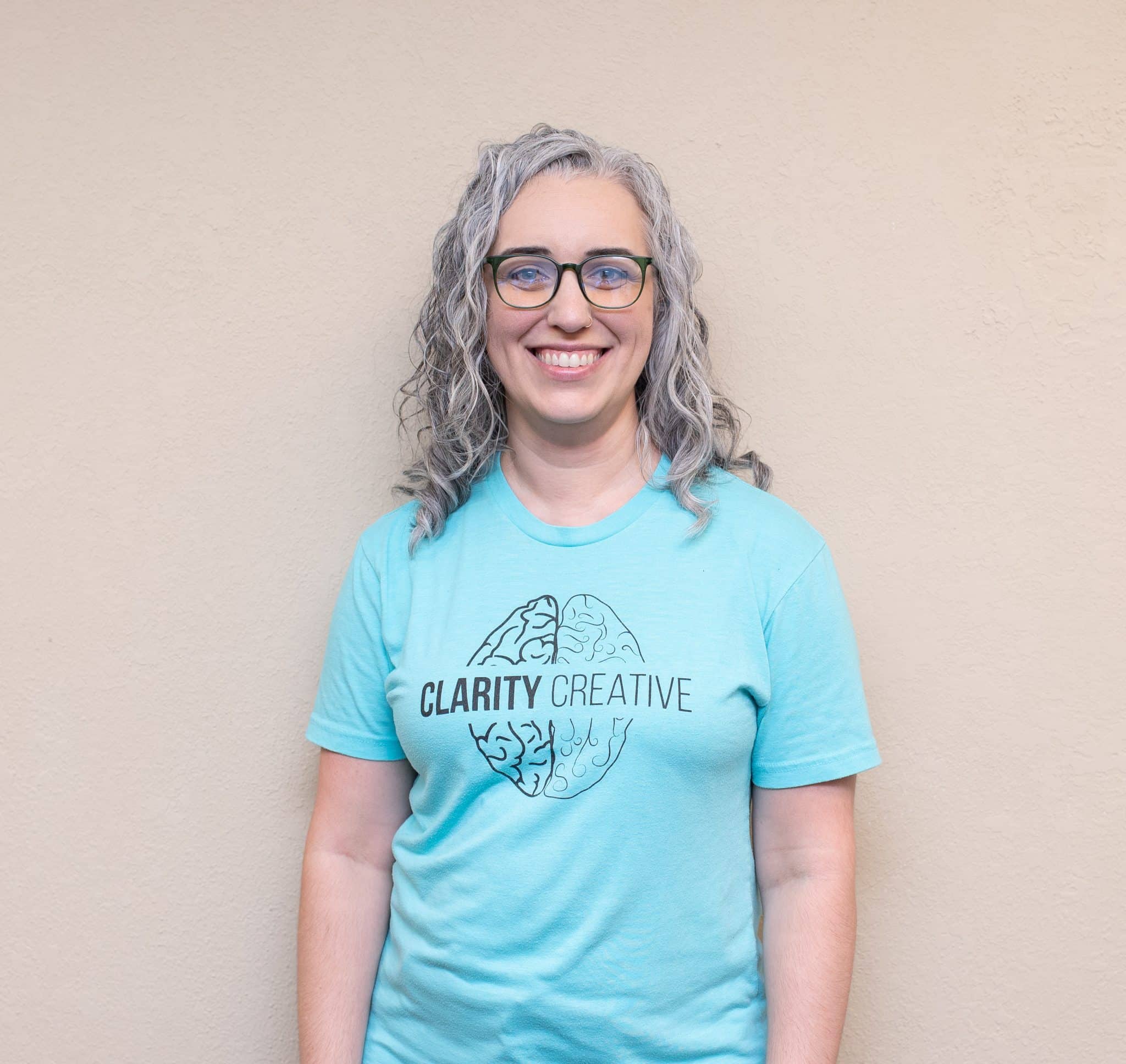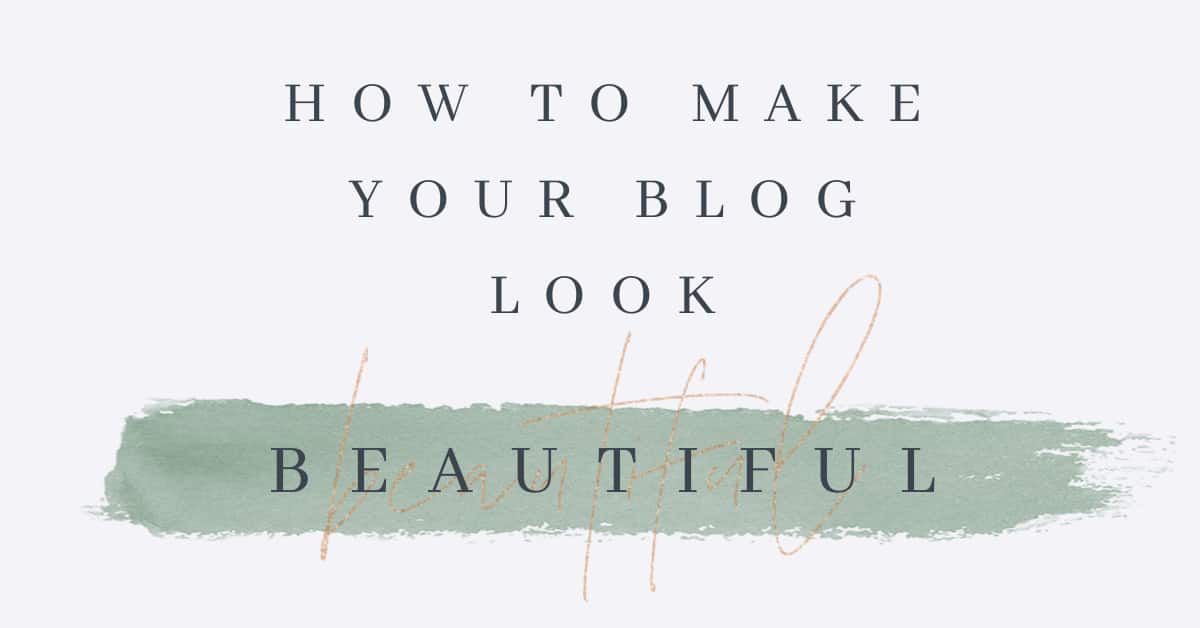It’s easy-to-use, high-quality, and often free.
But does that mean stock photography is a good idea?
If you’ve had your business for long enough, you’ve probably reached the point where you’ve used (or considered using) stock photography to represent yourself online.
After all, everyone else does it.
We’ve all visited websites featuring the smiling receptionist ready for your call. Or the ethnically diverse businessmen shaking hands in a conference room. Or a woman laughing alone with a salad (a classic!).
But you also might have taken a moment’s pause to reconsider. Is it a good idea to have a model you’ve never met representing your company? Will clients expect to see the same conference room when they show up for their meeting? What if your salads aren’t that funny?
Stock photography is big business. But just because something is popular doesn’t necessarily make it good.
In this article, we’ll examine the pros and cons of stock photography and how to decide whether it’s the right decision for you.

What Is Stock Photography?
Simply put, stock photographs are images that are made available for anyone to use.
Before the internet even existed, businesses were using stock photography as a cost-effective alternative to hiring a professional photographer. Early photographers used model releases to make sure they could distribute the photos legally and by the 1990’s, physical catalogs of stock images were replaced by CD-ROMs.
Today, stock photography is almost exclusively an online business, and images are available for download at the click of a button. While you’re probably familiar with paid sites, such as Getty Images and Shutterstock, there are plenty of free stock photo sites, too—Pixabay, Pexels, and Unsplash are just a few of our favorites.

Google Images Is NOT Stock Photography!
Now that we know what stock photography is, let’s talk about what it isn’t.
Stock photography is defined by how it was intended to be used, not by how you decide to use it.
What I mean by this is that you can’t just right click and save a photo you like from Google Images and say that you’re using stock photography. That’s a little something we like to call “intellectual property theft.”
According to copyright law, whoever took a picture retains the rights to it, and no one is permitted to use that picture without permission. Stock photography, on the other hand, comes along with permission, but there are a few caveats to this.

Using Stock Photos Legally
Even when images are free, photographers and stock photo agencies are very precise about how you are allowed to use them.
There are two main categories of stock photography: Rights Managed and Royalty Free.
With a Rights Managed license, you are allowed to use a stock photo once, for a specific purpose. If you want to use that photo again later, you’ll have to purchase it again.
On the other hand, a Royalty Free license allows you to purchase an image once and use it as many times as you like. (Most of the stock photos you find online are Royalty Free images.)
Anytime you use stock photography, check the license of the photo or the stock photo site you downloaded it from. Some may ask that you attribute the original photographer, or prohibit commercial use. Do your due diligence to make sure that you’re on the right side of the law.

Say Hello, and Let's Get To Work Together
So…Should I Use Stock Photography?
You certainly can and you shouldn’t be afraid of it. But there’s also a lot to be said for creating your own visual content.
Snapping a quick pic on your phone (or creating a cool graphic on Canva, if you’re so inclined) might take a bit longer, but it’s yours. You’re being transparent about who you are, what you have to offer, and what your business does.
We recommend roleplaying as your target audience to figure out what will resonate with them the most. Do they want to see a stock image of a lake on your marketing materials or would they rather see a picture of you?
If you have even an ounce of time, energy, and ability, we believe it’s best to let your business speak for itself.
One of the first steps in marketing your business is making yourself stand out from the competition. If you’re using the same smiling photo as every other website, how will customers know what sets you apart?

How to Use Stock Photography
For all of our talk about stock photography setting you back in your business, there actually is a time and a place for it.
Here are some factors to consider:
- Client Privacy – If you’re a private tutor or massage therapist, you might have a difficult time finding clients who are comfortable with appearing on your website. Stock photos might be the better option.
- Product vs. Service – If you offer a product, you should steer clear of stock photography in favor of high-quality photos representing your wares. If you offer a service that doesn’t have a strong visual component, occasional stock photos are fine.
- Honesty – There’s enough fraud online. Before you upload a stock photo, ask yourself, “Is this photo going to represent me accurately?” If the answer is no, step away from the photo site!
- Your Photography Abilities – If you don’t have the time, money, or energy to learn how to stage a photo shoot (or hire a photographer), there’s nothing wrong with using stock photos!
At the end of the day, you should be as close to authenticity as possible.
For that reason, we recommend avoiding images of faces, as that can give the impression that the person in the photo is you. You also want to keep your audience in mind when selecting a photo. If you operate in Central Florida, that means no mountains in the background!
Finally, remember that everyone uses stock photography, so everyone has seen it. Try to stay away from images that show up in the first few results. Go for a deep cut.
Conclusion
Ultimately, whether or not you use stock photography is up to you. I mean, I’m not your mom. I can’t make you do anything.
But it’s like we say all the time: If you want to play in the internet’s sandbox, you have to play by their rules. Using stock photography all willy nilly with no regard for how you might be (mis)representing yourself is just setting yourself up for failure.
Be honest with your clientele, acquire photos legally, and try to find photos you haven’t seen everywhere else. And—if you have the means—use your own photos whenever possible.
We totally understand that navigating an ever-changing webscape is hard work. But you and your business deserve the best you have to offer. After all, there’s enough catfishing happening online.
Besides, if you ever decide it’s simply too much for you, you can always delegate it to a digital marketing company.
Clarity Creative Group is a web design & internet marketing company located in beautiful Orlando, Florida. We don’t make salads, but if we did, they would be hilarious.







